Step 2: Check the Volume Controls
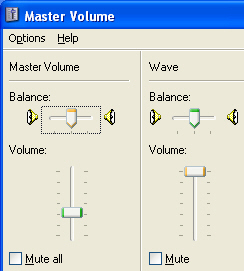 Double click the speaker icon, next to the system clock in Windows System Tray located at the bottom right hand side of the screen. Adjust the Volume Control and Wave Balance by sliding the pointer up or down. To test the volume, run a .wav or .mp3 file.
Double click the speaker icon, next to the system clock in Windows System Tray located at the bottom right hand side of the screen. Adjust the Volume Control and Wave Balance by sliding the pointer up or down. To test the volume, run a .wav or .mp3 file.Step 3: Access the Device Manager
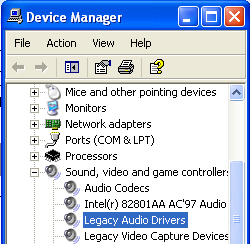
Go to Start | Settings | Control Panel. Double click on the System icon to open up the System Properties window. Select the Hardware | Device Manager tab. Click on Sound, video and game controllers to expand the view. Select the sound card driver that you have installed on your Laptop and double click it.
Step 4: Read the Device Status
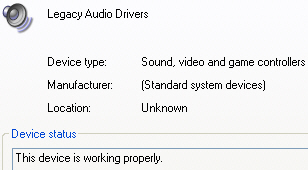
Double click on the sound driver to open up the Properties window. Click on the General tab to read the Device Status. If there is an error message in the device status, click on the Troubleshooter tab to fix the problem.
Step 5: Check the Configuration
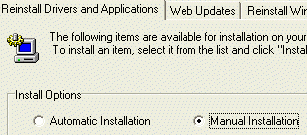
If your sound card drivers are configured improperly or are damaged, your speakers will not function properly. You can rectify the problem by reinstalling the drivers from the disk that came with the speakers. You also can download most drivers from the manufacturer's web site.
Step 6: Update the Driver
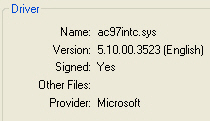 Click on Start | Run and type , now click OK. The DirectX Diagnostic Tool Window will open up. Select the Sound tab. You can view the Name under Device and the Provider under Driver. You can visit the Microsoft Windows Update Web site, http://windowsupdate.microsoft.com, to check the latest version of your sound card driver. You also can download most driver updates from the manufacturer's web site.
Click on Start | Run and type , now click OK. The DirectX Diagnostic Tool Window will open up. Select the Sound tab. You can view the Name under Device and the Provider under Driver. You can visit the Microsoft Windows Update Web site, http://windowsupdate.microsoft.com, to check the latest version of your sound card driver. You also can download most driver updates from the manufacturer's web site.